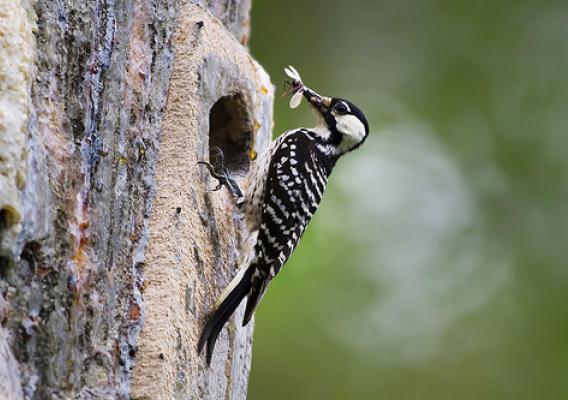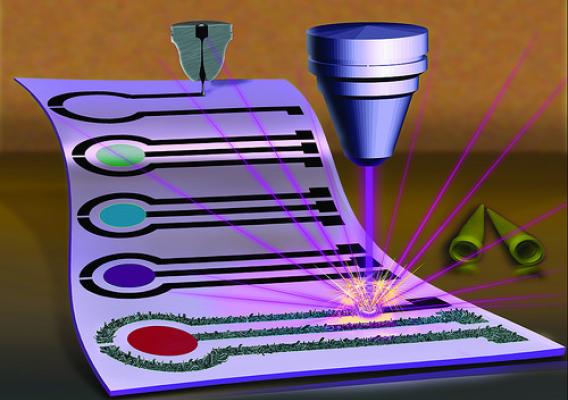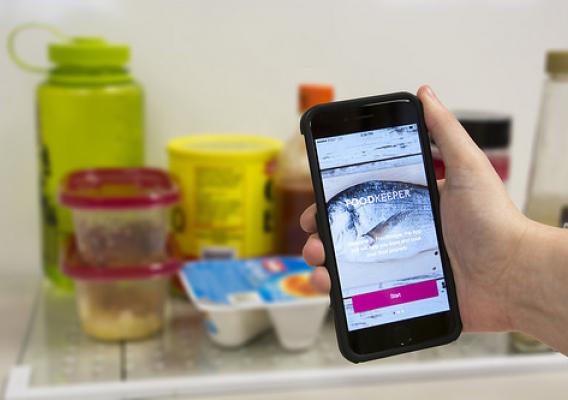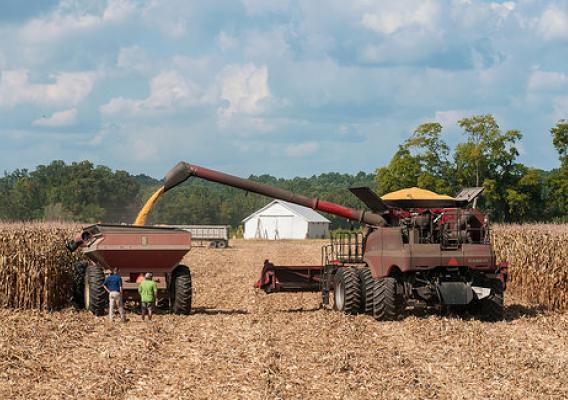Charming, historic, cozy, vibrant, quaint and fun. Small towns and rural places hold a special place in our vision of America. They offer residents a unique and often genial place to live. Visitors and those just passing through come to enjoy distinct lifestyles, commerce, and countryside. Yet, many rural towns have trouble promoting themselves and planning for a vibrant future. That is why we are helping to launch Findyour.town.
At USDA Rural Development, we know small towns may also be unaware of how our programs can help them thrive. We help build new fire stations, provide affordable housing, help expand a local business, strengthen broadband infrastructure in their community and so much more. To get the word out, we are working with The Opportunity Project, a White House initiative to expand access to opportunity for all Americans by putting data and digital tools in the hands of families, communities, and local leaders, to help them navigate information about the resources they need to thrive. Private sector tech developers and federal agencies come together to build digital tools that help address critical federal policy challenges, get information directly to the people we serve, and put federal data to use in innovative new ways.










